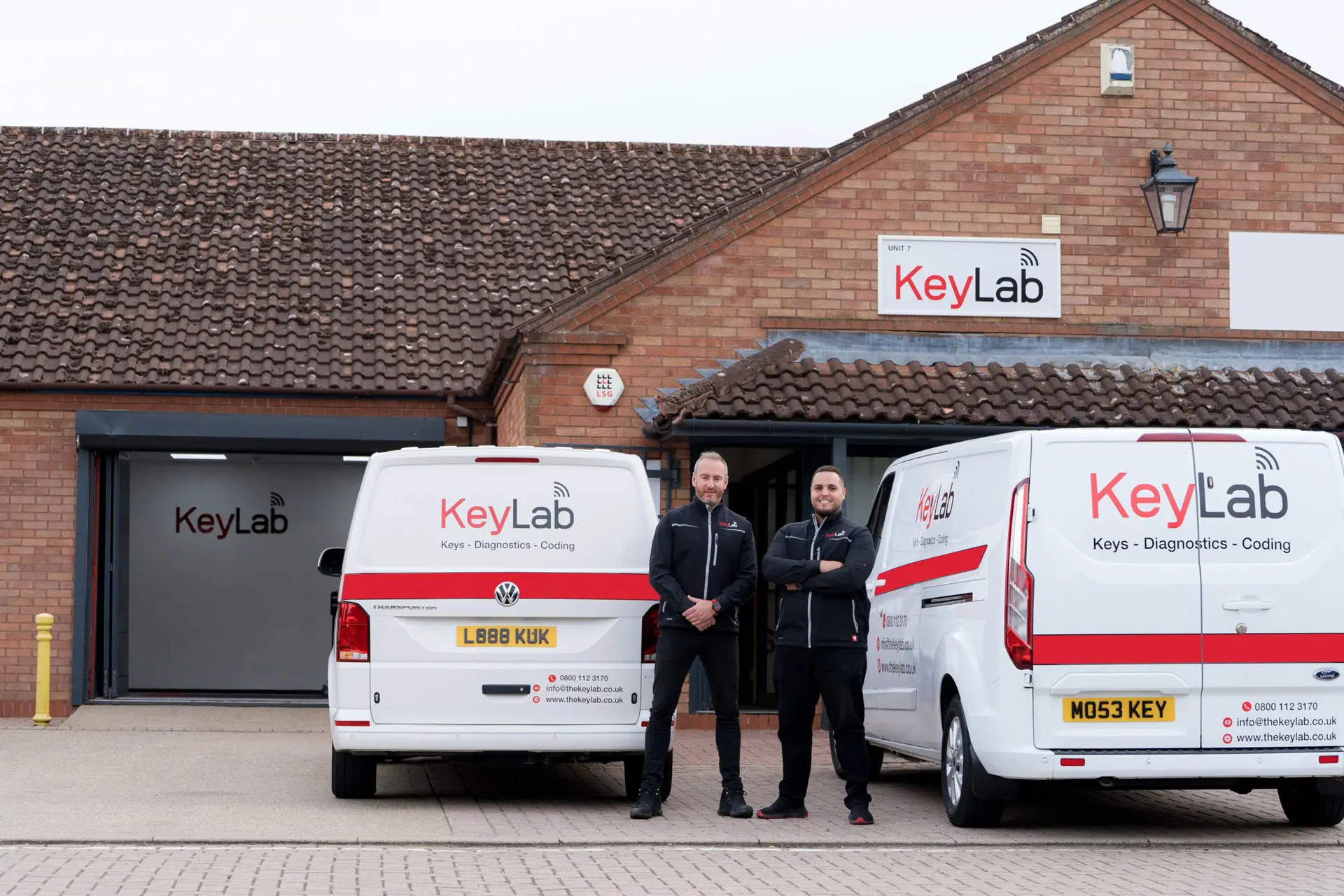The 10 Most Scariest Things About Door Lock Repair

Comprehensive Guide to Car Door Lock Repair: Troubleshooting and Solutions
The stability and performance of a vehicle's door locks are important for both the security of the car and the safety of its residents. Car door locks can experience a range of concerns, varying from small mechanical problems to finish failures. This post looks for to offer a useful overview of car door lock repair, detailing typical problems, diagnostic treatments, and solutions.
Understanding Car Door Locks
Before diving into repair procedures, it is important to comprehend the elements of a typical car door lock. There are 2 main types of locks: mechanical and electronic.
Elements of a Car Door Lock System
- Lock Cylinder: The part where the key is inserted.
- Latches: Mechanisms that hold the door shut.
- Actuator: Electric motor in electronic locks that helps in locking and unlocking.
- Linkage: Connects the lock cylinder to the lock.
- Remote Key Fob: In electronic systems, this is used to lock and unlock the doors from a distance.
Typical Issues with Car Door Locks
Car door locks can fail for a multitude of reasons. Here are some common issues experienced by vehicle owners:
- Sticking or Frozen Locks: Especially in cold weather condition, locks can end up being hard to run.
- Lock Not Engaging or Disengaging: Both mechanical and electronic locks can face problems where they do not react to the key or remote.
- Key Jams: The key may get stuck in the lock, making it impossible to lock or unlock the door.
- Remote Malfunction: In electronic systems, the key fob may not work due to battery problems or programming issues.
- Physical Damage: Vandalism or mishaps can harm the lock system.
Repairing Car Door Lock Issues
When a car door lock is not operating correctly, it is essential to identify the problem precisely before proceeding with a repair. Below are steps that can help troubleshoot the issue:
Step-by-Step Troubleshooting
Visual Inspection:
- Check the door lock and surrounding parts for visible damage.
- Examine the key for wear and tear.
Test the Key:
- If the lock is sticking or not engaging, attempt using a spare key if readily available.
- Make sure the key is tidy from dirt and debris.
Inspect the Actuator:
- Listen for any noises when pressing the key fob. A clicking noise might suggest a malfunctioning actuator.
Examine Door Wiring:
- Check the circuitry that links the door lock to the vehicle's electrical system.
- Try to find detached or torn wires.
Temperature Influence:
- If the lock is sticking in cold weather condition, apply lithium grease to assist lubricate the mechanism.
Repairing Common Door Lock Issues
Once the problem has actually been identified, the repair can commence. Here are some common repair techniques for numerous issues:
Fixing a Sticking or Frozen Lock
- Cleaning: Use a graphite lube or silicone spray to tidy and lubricate the system.
- Heating: If frozen, utilize a hairdryer to warm the area around the locking mechanism thoroughly, avoiding getting too hot.
Repairing a Lock Not Engaging/Disengaging
Lock Cylinder Replacement:
- If the lock cylinder is worn, think about changing it. locksmith services involves prying off the door panel to access the lock system.
Actuator Replacement:
- For electronic locks, if the actuator is defective, it will need replacement. Make certain to detach the battery before trying this repair.
Fixing a Jammed Key
- Extraction Tool: If a key is stuck, utilize a pair of needle-nose pliers to gently pull it out, or a key extractor.
- Lock Lubrication: Apply a percentage of lubricant to ease the procedure.
Remote Key Fob Malfunction
- Battery Replacement: Most remotes have exchangeable batteries. Follow the manufacturer's guidelines to change the battery.
- Reprogramming: Sometimes, the remote requirements to be reprogrammed. Describe the vehicle's handbook for actions to reprogram the key fob.
Physical Damage Repairs
- Door Lock Assembly Replacement: If the lock is physically harmed, total replacement of the lock assembly may be essential.
- Expert Help: If unsure about DIY repairs, look for support from a qualified mechanic.
Upkeep Tips for Car Door Locks
To prolong the life of car door locks, routine upkeep is necessary. The following practices can assist preserve optimal efficiency:
- Regular Lubrication: Apply appropriate lubricant to the locks every couple of months.
- Keep Keys Clean: Regularly tidy the car keys to avoid dirt accumulation.
- Prevent Excessive Force: Do not utilize extreme force when locking or unlocking; this can cause damage over time.
- Look for Signs of Wear: Be mindful to any modifications in the lock's performance and address problems quickly.
Frequently Asked Questions about Car Door Lock Repair
Q: How can I tell if my door lock is broken?A: Common
signs consist of the lock not engaging or disengaging, a jammed key, sounds from the door when utilizing the key fob, or visible damage to the lock assembly.
Q: Can I repair a car door lock myself?A: Yes, lots of easy problems can be resolved by following the repairing steps in this post, however complex issues may need professional aid. Q: What kind of lubricant ought to I use
for my locks?A: It is best to utilize graphite powder or silicone-based lubricants given that oil can draw in dirt and grime. Q: How much does it usually cost to replace a car door lock?A: The cost can differ commonly
based on the vehicle's make and model, however normal replacement costs
can vary from ₤ 100 to ₤ 300, consisting of labor. Car door lock repair can seem complicated, however understanding the elements and common concerns can make the process much more manageable. Whether dealing with little repairs yourself or looking for professional help for more significant issues, keeping the door locks operating effectively is necessary for vehicle security and safety. Regular upkeep and prompt attention to problems can significantly extend the life of your car's locking system.

